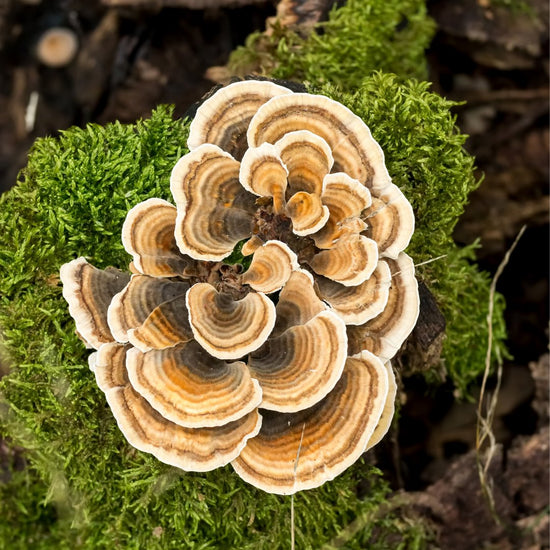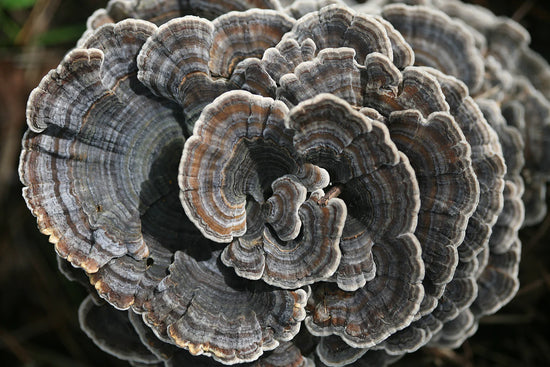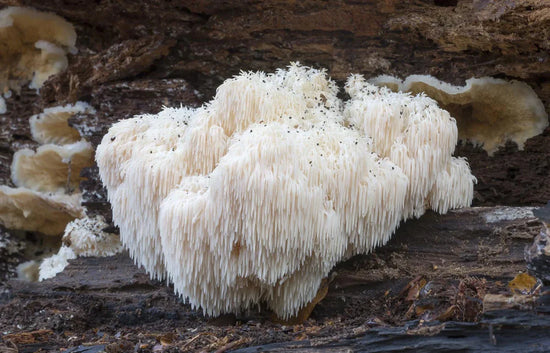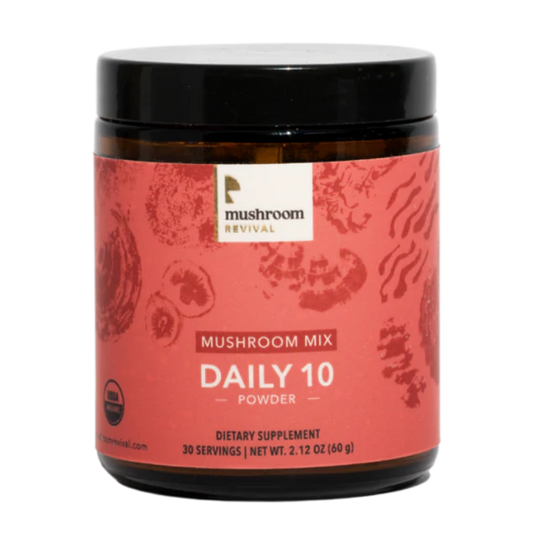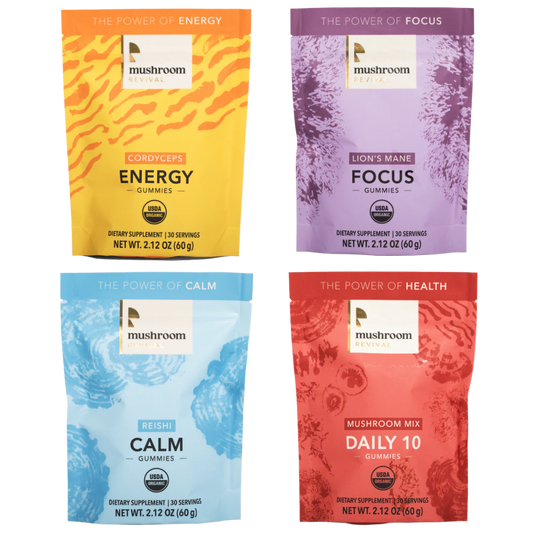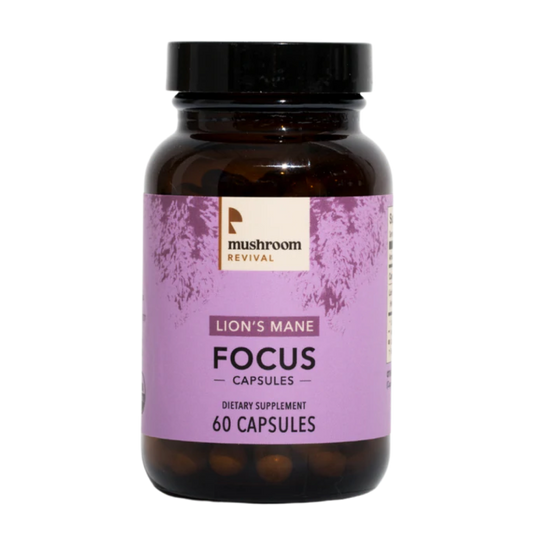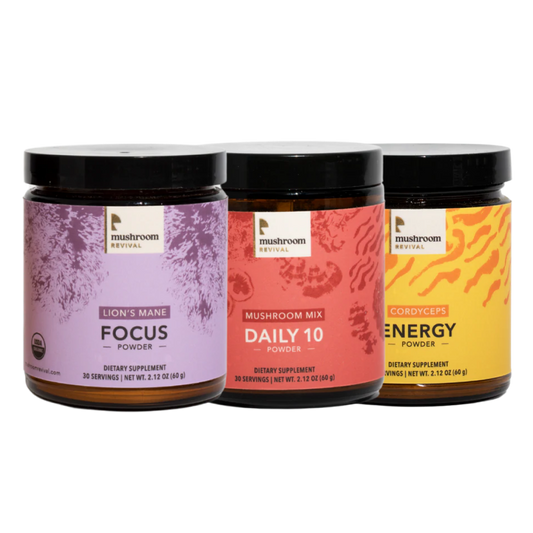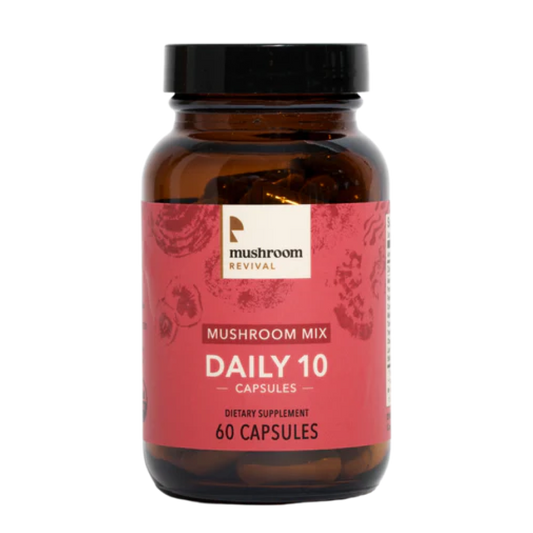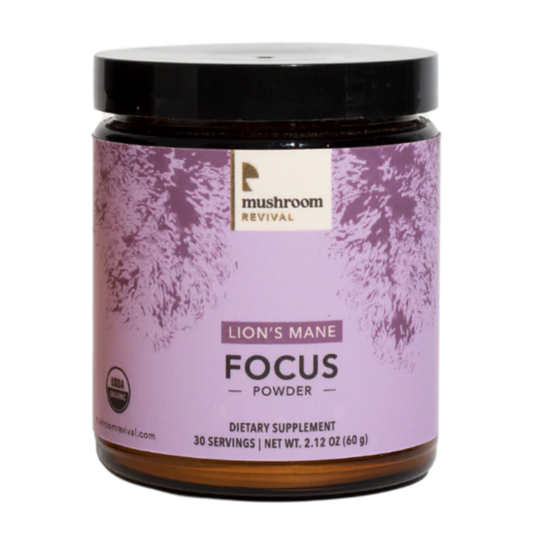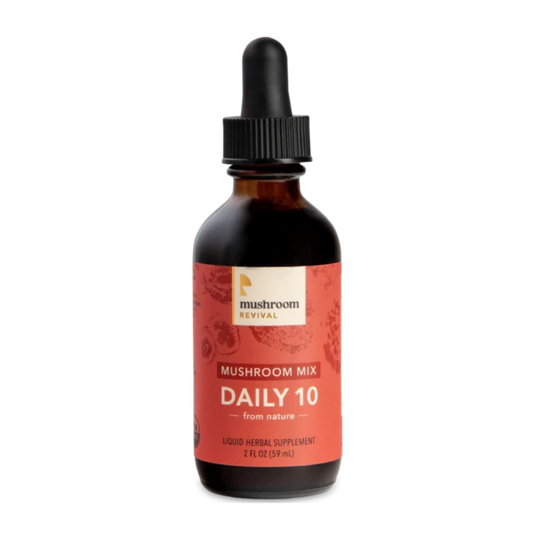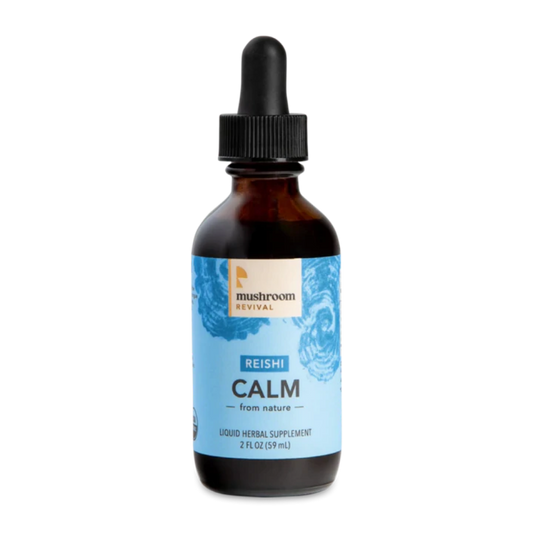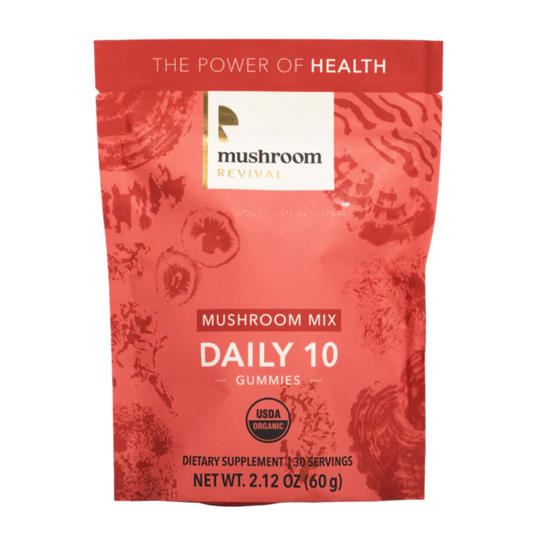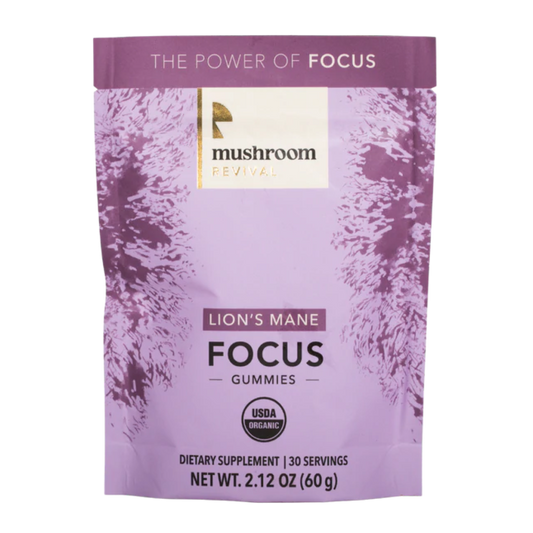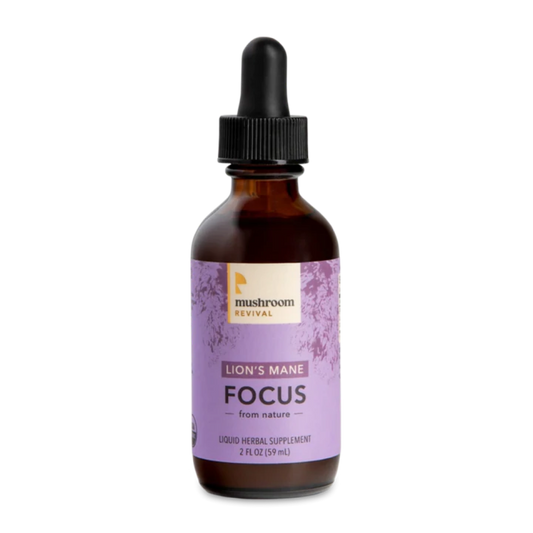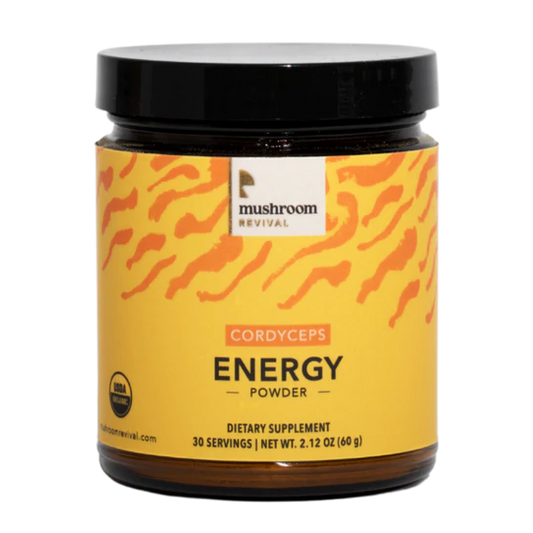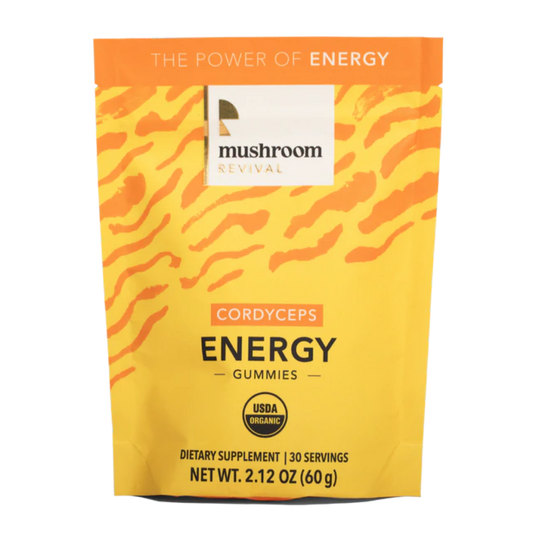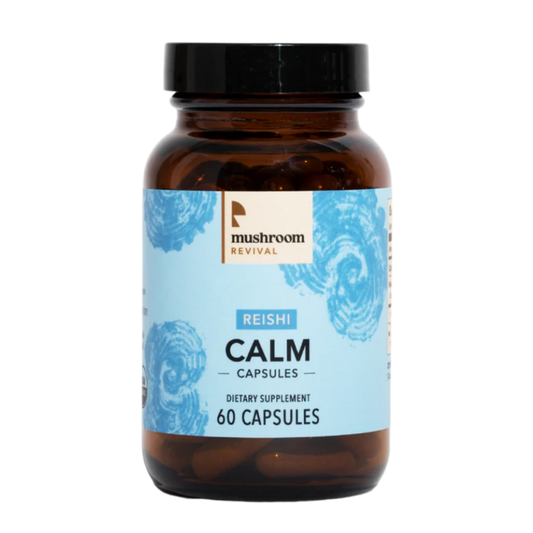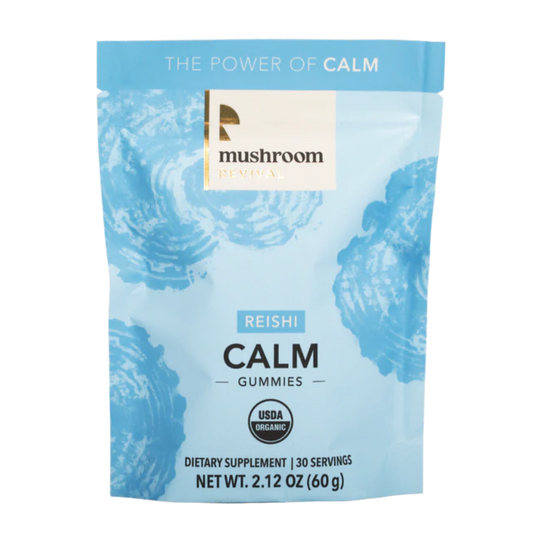Psilocybin Mushrooms of the World: Seven Different Species

Most people don’t know that there isn’t just one 'Psilocybin'. In fact, around the globe, there are over 180 identified Psilocybin mushroom species!
The amount of varieties is basically endless, especially when you take into consideration the different shapes, flavors, strains, and potency levels within each individual species.
In this guide, we’ll cover the most powerful and potent Psilocybin mushrooms of the world, with detailed descriptions of each species.
Seven Popular and Potent Psilocybin Mushrooms of The World
Excited to learn about the psilocybin mushrooms of the world? Below are descriptions of the seven most common and notable Psilocybin species on Earth.
Psilocybe Cubensis: The Classic
Due to how easy it is to cultivate them indoors, the most common Psilocybin species in the world is the Psilocybe Cubensis. There are over 60 strains of Psilocybe Cubensis, including favorites like Golden Teacher, Florida White, and Penis Envy.
Because these mushrooms are often grown indoors, they tend to be very potent. This is because cultivated Psilocybin mushrooms are almost always stronger than those found in the wild.
If you do stumble across these in the wild, you’re likely in North or South America, however, they also grow in Southeast Asia, Australia, and Cuba. In nature, they tend to grow on dung.
Psilocybe Caerulescens: Landslide

Receiving worldwide fame after Gordon Wasson sampled them for his Life Magazine article that created the term “magic mushroom,” Psilocybe caerulescens are fairly well known.
These famous Psilocybin mushrooms are used ceremoniously by the Mazatec people and grow in the Sierra mountain range, where they enjoy the low temperatures and high altitudes. They naturally grow in Mexico and the southern United States.
They also go by the name Derrumbes which means “Landslide Mushrooms” because they prefer to pop up in places where landslides previously occurred.
These small Psilocybin mushrooms have a low to moderate potency, which creates shorter than average trips that last between 3-6 hours.
Psilocybe Azurescens: Flying Saucer

It’s hard to know what’s larger: Psilocybe Azurescens’ potency or the number of nicknames it has. Also going by Flying Saucers, Blue Runners, Blue Angels, and Azzies, the Psilocybe Azurescens is known for being the strongest Psilocybin species that grows in the wild.
They were initially found by Boy Scouts camping in Oregon in 1979. These powerful Psilocybin mushrooms are only found on the West Coast of the United States, in sandy soils near the ocean, and on loose, decaying wood. They’re capable of withstanding chilly temperatures unlike other varieties.
Psilocybe Semilanceata: Liberty Caps

If you are well-acquainted with Psilocybin, you definitely have heard about Psilocybe semilanceata. Doesn’t ring a bell? How about their other name: Liberty Caps.
Not only are Liberty Caps the most common naturally growing Psilocybin mushrooms in the world, they also are extremely potent.
How potent?
They rank third on the list of the most potent Psilocybin on Earth.
Breaking records all over the place, they were also the first native European Psilocybin mushroom to be formally recognized. They don’t just grow in Europe though, they can also be found naturally growing all over the Northern Hemisphere. They prefer rich, acidic soil that’s been fertilized with manure, a common growing environment which is why they can be found in so many countries around the globe.
Liberty Caps tend to be small, have a bell-shaped cap, and taste like flour. It’s difficult to grow them indoors so most are picked in the wild.
Psilocybe Cyanescens: Wavy Caps

Psilocybe cyanescens are well known for their unusually shaped caps, which they derive their nickname, Wavy Caps, from. They were first identified in England in the early 1900s, however, they grow all over Central Europe and the Pacific Northwest.
Over the years, they have become more common, now being so widespread that they are considered one of the most prevalent wild Psilocybin mushrooms in the world.
In large part, this can be attributed to them thriving on wood chips and mulch, which are extremely common growing environments. It’s suspected that Wavy Caps were able to spread internationally through lumber and other mulch products being distributed around the globe.
These Psilocybin mushrooms are highly potent and more common to find outdoors than grown indoors because they can be tough to cultivate in indoor spaces.
Psilocybe Caerulipes: Blue Foot

Winning the award for funkiest fungi name, Psilocybe caerulipes also goes by Blue Foot. These rare Psilocybin mushrooms only pop up once in a blue moon. When they do grow, they are typically found in the US and Canada.
It’s surprising that they aren’t more widespread considering that the environment they love to grow in is so common. They thrive on decaying hardwood logs near river systems and on forest floors.
They have an attractive blue hue and are fairly potent. If you stumble upon one you’ve really hit a gold mine.
Psilocybe Tampanensis: Magic Truffles
Also known as Philosopher’s Stones, Magic Truffles, and Psilocybin Truffles, Psilocybe Tampanensis is noteworthy for the sclerotia it produces which contains Psilocybin. The sclerotia, which grows underground, is highly potent. Although they are potent, the trips they induce can be somewhat less intense than typical Psilocybin trips.
Most commonly, these are encountered by people who go to the Netherlands and visit some of Amsterdam’s famous cafes or retreats. It’s very rare for Psilocybe Tampanensis to be found in the wild.
Enjoyed Learning About the Psilocybin Mushrooms of the World?
To learn more about Psilocybin, check out Mushroom Revival’s Blog and Podcast. While we do not sell Psilocybin, we do have some other amazing Mushroom Products.








